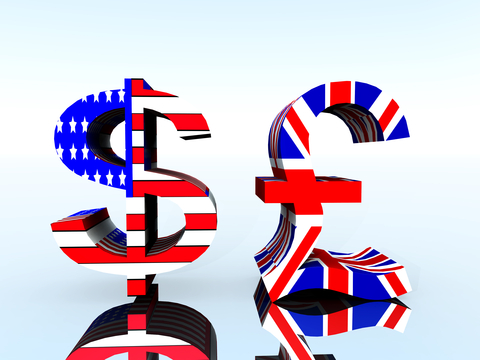We came across a very interesting article about high net worth individuals and where they are allocating their investment funds. There was talk of a North American peer-to-peer network for investors known as the TIGER 21. While it is nothing special to have this type of arrangement for high net worth individuals what is interesting is the fact that the TIGER 21 members take an anonymous survey every quarter. Therefore, if you are interested in finding out where high net worth individuals are putting their money this is the survey to monitor.
So, which asset classes are popular amongst high net worth individuals?

The last survey covered the final quarter of 2016 and casts a very interesting light on this area of the market. We will take a look at the individual asset classes and their rankings:-
Real estate
Real estate was by far and away the most popular asset class with 30% of those taking the survey confirming exposure to this area. In many ways real estate has become the “pension fund of the future” often offering a more stable long-term income than stock markets. There are high hopes that the US real estate market will benefit from Donald Trump’s Presidency but then again this has not exactly got off to the best of starts!
Public equity
It will come as no surprise to learn that public equity, at 21%, is still one of the more popular investment tools of today. The ability to trade in stock market quoted companies offers a much more liquid market than real estate for example. Therefore, if funds are required at short notice it is simply a case of selling your shares on the stock market and banking your proceeds. Redeeming asset such as real estate can take some time and there may be significant costs incurred.
Private equity
Private equity funds have been extremely active over the last decade and with often volatile stock markets many companies have approached private equity funds for additional investment. Private equity funds were the joint second most popular asset class with 21% of those taking part in the survey confirming exposure to this area. Unfortunately, very often private equity transactions are not as available to general investors as they are to high net worth individuals. This is perhaps an area off-limits to many non-high net worth individuals.
Cash and equivalent
In these difficult markets it is no surprise to learn that 10.8% of those surveyed hold cash or cash equivalents in their portfolio. This is probably slightly higher than many people would assume but then again recent volatility and uncertainty does not help. There is nothing wrong with keeping some funds aside offering a hedge against market falls and making funds available for special situations.
Fixed-income
It is interesting to see that 9.7% of those surveyed have exposure to fixed-income especially when you bear in mind the relatively low base rates around the world. While there may be some value in the bond market, especially the more speculative end, the idea of fixed-income is very often associated with passive investment strategies. We may well see this particular asset class grow as interest rates rise but any move back to “normal levels” could still be some way off.
Hedge funds
The exposure to hedge funds for high net worth individuals in the TIGER 21 club came in at a relatively modest 6.1% which may surprise many people. It could be that individual investors are taking more control of their own investment decisions as opposed to appointing managers. It may well be that current market conditions do not encourage hedge fund investments then again this is a sector which has not exactly received glowing reports over recent years. Is this a sign that more and more investors are taking a greater control of their investment funds?
Miscellaneous, commodities and currencies
The miscellaneous investment class came in at 1.1%, commodities at 0.5% and currencies at 0.1%. Should we take relatively low exposure to the commodities market, which includes gold, as an indicator of renewed confidence going forward? Time will tell whether this is the case with opinion divided about the short to medium term direction of the gold price.
